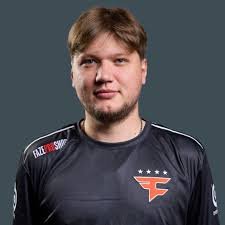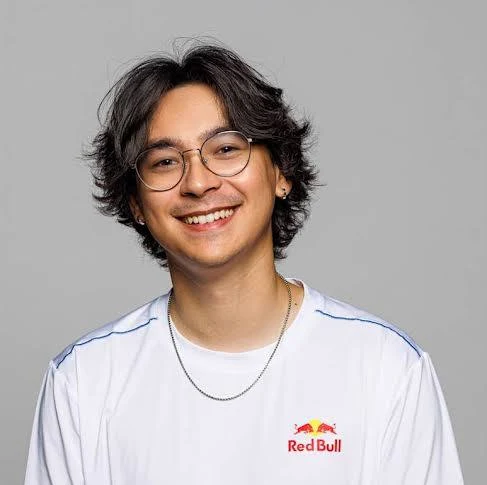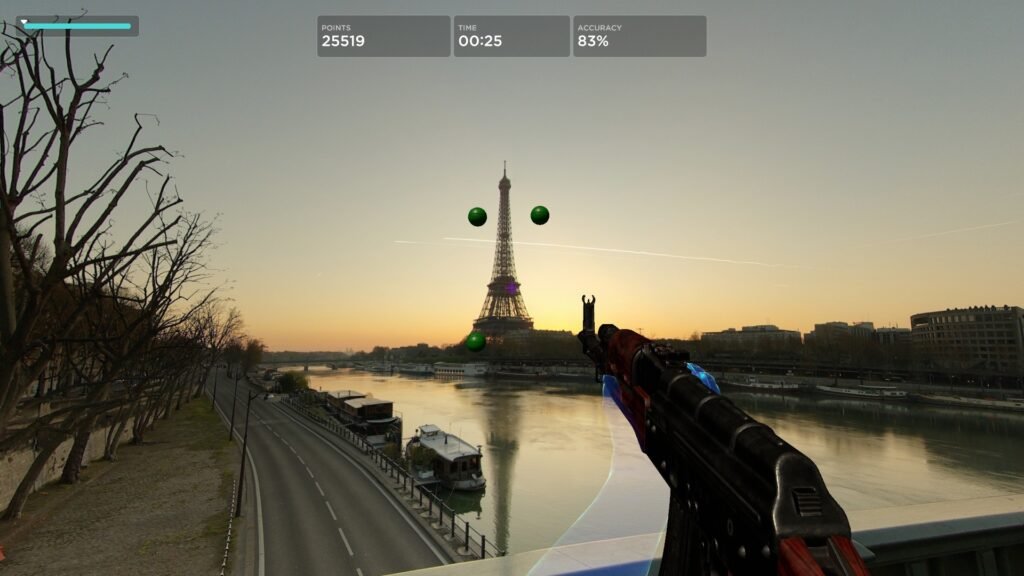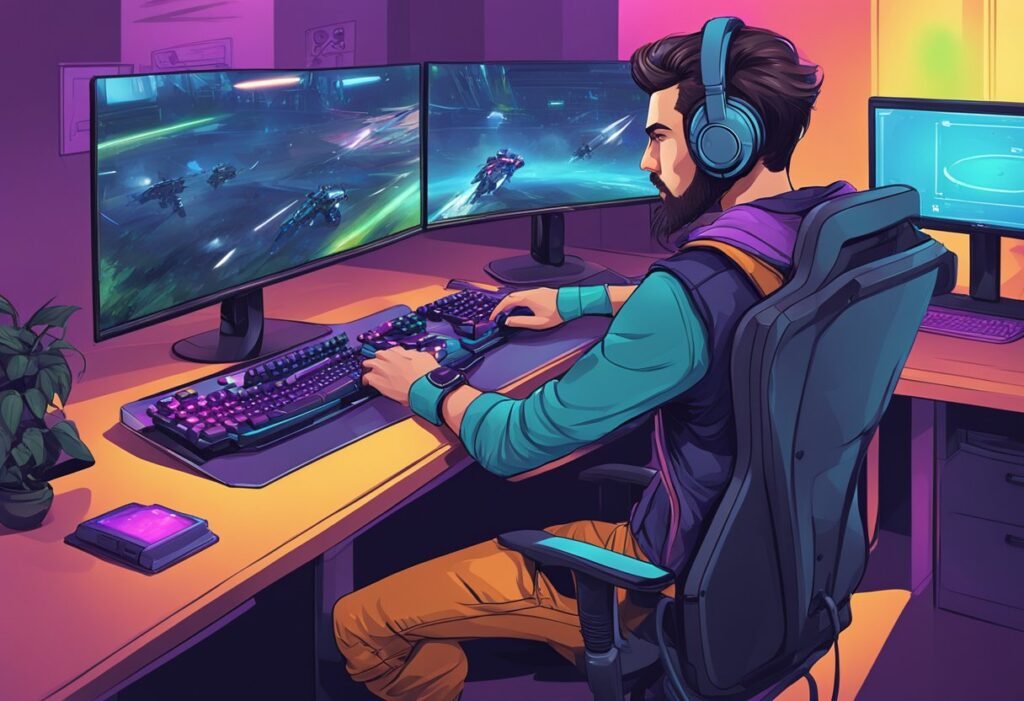WANT A CLEANER AIM? 3 PROVEN METHODS TO IMPROVE YOUR IN-GAME PRECISION
Want to aim better? You can build a clean aim by focusing on precision, control, and consistent habits that cut out wasted motion. With the right approach, every shot feels more natural and every duel becomes easier to win.
Tools like aim trainers or Gridshot let you isolate your mechanics and track progress over time, giving you a clear path toward improvement. Pairing these with smart in-game habits creates a strong foundation for long-term consistency.
Before practicing, figure out what’s actually holding your aim back — overshooting, undershooting, or shaky tracking. Training without knowing this is like working your arms at the gym when your legs are weak: your raw aim doesn’t improve where it matters. Fix the specific problem first, and every drill will directly make your aim stronger and more consistent.
Quick, plug-and-play tips
- Keep sensitivity consistent across tools (convert eDPI) so muscle memory transfers.
- Crosshair placement > flicking practice alone. Learn angles, pre-aim common spots.
- Record your sessions: identify whether missed shots are due to prediction (flick error), tracking error (following), or positioning (crosshair placement).
s1mple and Tenz on improving aim


My aim is for my team to be number one, the rest is irrelevant.” s1mple (on focusing aim toward effectiveness and results).
“Aim is… something you don't just improve overnight it's kind of like learning an instrument.” (TenZ, on practice and consistency).
Understanding Aim Fundamentals
Clean aim comes from more than just fast reflexes. You need control, precision, and the ability to repeat the same movements under pressure without letting panic or guesswork affect your shots.
Raw Aim vs. Clean Aim
Raw aim is your natural ability to move the crosshair quickly and hit targets without much thought. It often shows in fast flicks where you snap your aim from one point to another. While this can work in some fights, it lacks stability and often leads to missed shots.
Clean aim focuses on smooth, repeatable actions. Instead of relying only on flicking, you combine techniques like tracking (keeping your crosshair on a moving target), target switching (quickly moving between enemies), and aim adjusting (making small corrections mid-shot). These skills create accuracy that holds up in different situations.
You can practice clean aim by slowing down and working on crosshair placement before fights even start. For example, in Valorant, guides on developing consistent aim recommend balancing speed with control so you don’t sacrifice precision. Cleaner aim gives you more reliable results than raw aim alone.
The Importance of Consistency
Consistency is what separates a good shot from a strong overall aim style. You don’t just want to hit one great flick you want to repeat solid shots every round. That requires habits that reduce randomness in your gameplay.
Good consistency comes from practicing the same mechanics until they feel natural. Tracking drills, controlled flicks, and switching between targets in training modes help you build repeatable muscle memory.
You should also focus on crosshair discipline. Keep your crosshair at head level and pre-aim common angles. This reduces the need for large adjustments and makes your aim feel cleaner. Over time, consistent practice creates steadier aim patterns that work under pressure.
Core Techniques to Improve Aim
Improving your aim mouse control depends on building consistency in your setup, refining your sensitivity, and following structured practice. Small adjustments in these areas make a noticeable difference in accuracy and tracking.
Optimizing Mouse Settings
Your mouse settings should give you stability and predictability. Always disable mouse acceleration, so every movement translates directly on screen. This prevents inconsistent tracking and helps build reliable muscle memory.
A high refresh rate monitor (144Hz or more) also supports smoother motion, which makes it easier to follow targets. Pair this with a large mouse pad to avoid running out of space during wide flicks.
Keep your DPI between 400 and 800. This range balances precision and speed without creating jitter. The exact number is less important than using a value you can stick with long term.
Finding the Right Sensitivity
Sensitivity should feel natural and allow you to aim without overcompensating. A good starting point is around 25–50 cm/360°, meaning it takes that much mouse movement to make a full turn in-game.
To fine-tune, identify the problem first. If you consistently under-turn, your sensitivity is too low. If you over-shoot, it’s too high. Small adjustments of 5–10% are usually enough to fix these issues.
Once you find a comfortable range, commit to it. Constantly changing sensitivity resets your progress and slows down improvement. Stability is key to training your muscle memory.
Developing Effective Training Routines
Practice should be deliberate, not random. Begin practicing with short, focused sessions of 30–60 minutes instead of long, unfocused hours. This helps you stay sharp without burning out.
Split your training into core skills:
- Static clicking for precision
- Tracking for smooth aim on moving targets
- Target switching for speed and accuracy
When you train, incorporate both aim trainers and in-game practice. Aim trainers isolate mechanics, while matches test your ability under pressure. For tracking specifically, you can follow a simple two-step approach: identify the problem and then begin practicing with drills that directly target that weakness.
Consistency matters more than intensity. Regular practice with clear goals will steadily improve aim across any FPS game.
Best Aim Training Tools and Practice Methods
Improving your aim requires both structured training and consistent practice inside the games you play. Using the right software, combining it with in-game drills, and tracking your results will help you build accuracy, reaction time, and confidence.
Top Aim Trainers and Software
Dedicated aim trainers give you a controlled environment to sharpen specific skills like flick shots, target tracking, and reaction time. Tools such as Kovaak’s FPS Aim Trainer and Aim Lab are widely used because they offer customizable drills and detailed performance stats.
If you want a free option, Aim Lab adapts to your performance and suggests exercises that match your skill level. Kovaak’s, on the other hand, provides thousands of scenarios and lets you focus on particular mechanics such as micro-adjustments or long-range tracking.
Browser-based trainers like Aiming.Pro are also useful when you want quick sessions without installing software. These platforms often include leaderboards and multiplayer modes, which add competition and motivation.
A simple comparison:
| Trainer | Key Feature | Cost | Best For |
|---|---|---|---|
| Aim Lab | Adaptive difficulty | Free | Beginners to advanced |
| Kovaak’s | Large scenario library | Paid | Competitive players |
| Aiming.Pro | Browser-based multiplayer | Free + Paid | Quick practice sessions |
In-Game Aim Practice Strategies
While trainers help, you also need to practice inside the games you play. Warm up before matches by shooting bots or using custom maps. This builds muscle memory in the same environment where you’ll compete.
Focus on crosshair placement and movement. Keeping your crosshair at head level reduces the need for large flicks. Practicing recoil control with different weapons will also improve accuracy.
You can also set small goals, such as hitting a certain percentage of headshots in practice rounds. This approach keeps your training focused and measurable. For more detailed methods on drills and habits that improve aim, you can explore how to improve your aim in FPS games.
Tracking Progress and Measuring Results
Tracking your progress ensures that your practice is effective. Most aim trainers provide detailed stats like accuracy percentage, reaction time, and consistency. Reviewing these numbers helps you identify weak points and adjust your training routine.
Keep a simple log of your performance. Write down your scores, sensitivity settings, and daily practice time. Over weeks, you’ll notice patterns that show where you are improving and where you need more work.
In-game, use replay systems or stat trackers to measure accuracy across matches. Watching your own gameplay helps you see mistakes in crosshair placement, aim tracking, or positioning. Combining software metrics with in-game performance gives you a full picture of your progress.


